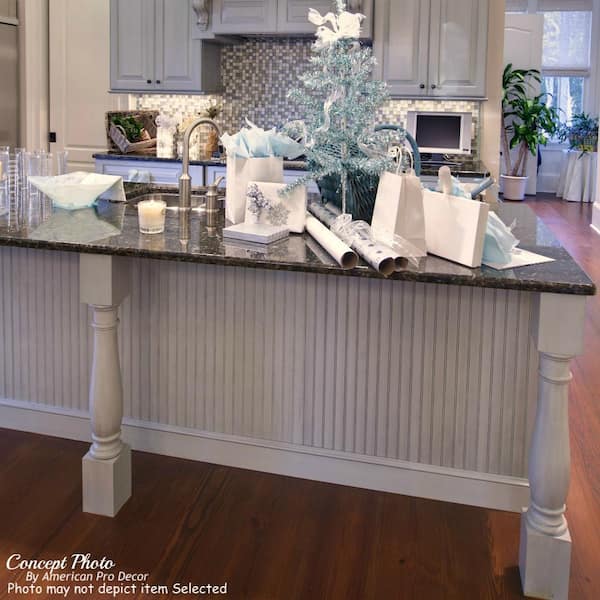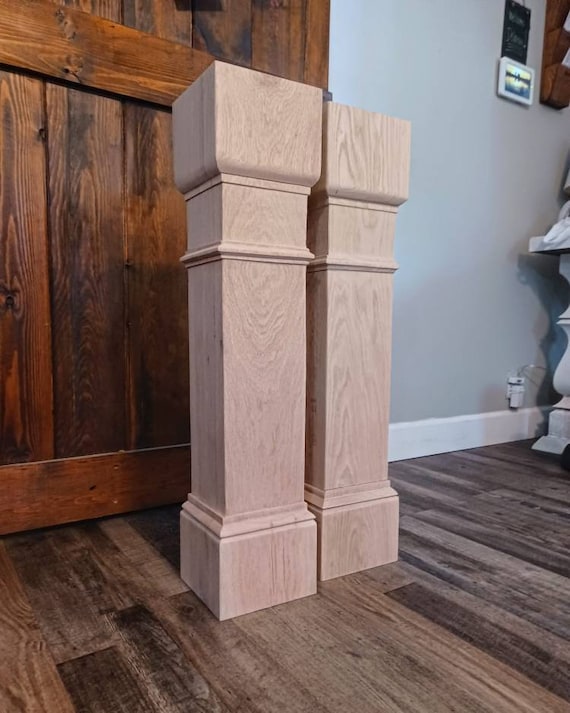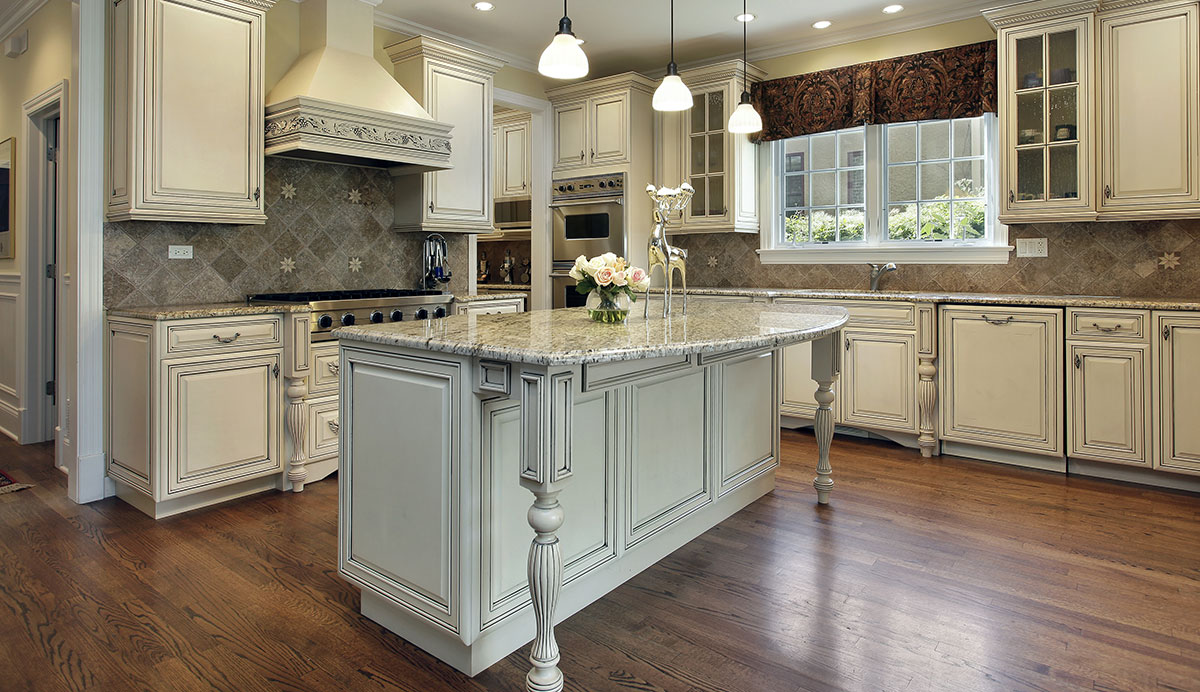Unique Kitchen Island Legs for a Personalized Kitchen Look
Unique Kitchen Island Legs for a Personalized Kitchen Look
Blog Article
A Guide to Selecting the Ideal Cooking Area Island for Your Home
Choosing the perfect kitchen area island is a multi-faceted decision that can considerably influence both the performance and aesthetics of your home. Recognizing your kitchen area's spatial dynamics is the preliminary action, making sure that the island fits effortlessly without interfering with the flow. Past space considerations, determining the key purpose of the island-- be it for dish prep work, eating, or added storage space-- is vital. The option of finishes and materials additionally plays a crucial role in balancing the island with your cooking area's general layout. As we discover these components better, the subtleties of each choice will certainly become clear.
Analyzing Your Space
Prior to picking a cooking area island, it is essential to completely evaluate your room to make sure the addition will be both practical and visually pleasing. Begin by measuring the offered area, consisting of the width, length, and height of the kitchen. Exact dimensions are vital to prevent buying an island that overwhelms the room or one that is overmuch small.
Take into consideration the existing layout and just how the island will incorporate with the existing traffic flow. A well-placed island needs to not obstruct pathways or hinder accessibility to important home appliances, such as the cooktop, fridge, and sink. Leave ample clearance area-- typically around 36 to 48 inches on all sides-- to enable comfortable activity and work area efficiency.
Next, assess the natural light and sightlines within your cooking area. An island that obstructs a window or disrupts aesthetic communication can make the room really feel dark and confined. Consider just how the island's positioning will affect lighting and presence, guaranteeing it enhances rather than diminishes the cooking area's setting.
Figuring Out the Function
Establishing the function of your cooking area island is a crucial action in ensuring it satisfies your particular requirements and preferences. Prior to delving into design or dimension considerations, it is vital to clarify what main function the island will certainly serve in your kitchen. Will it be a main hub for meal prep work, a casual dining area, or potentially an additional storage solution?
In addition, ample counter room for blending and slicing, along with accessible storage for cooking area tools and ingredients, can transform the island into an efficient workstation. On the other hand, if the island is planned to promote social communications or offer as an eating area, seating plans end up being extremely important.

Picking the Right Dimension
Choosing the best dimension for your kitchen island is a balance of capability and area optimization. A suitable kitchen island should give enough work space while ensuring that motion around the kitchen remains unimpeded. Begin by determining your kitchen room; a minimal clearance of 36 to 42 inches around the island is required to permit for comfortable movement and ease of access.
The measurements of the island must reflect its desired use. If the island will certainly serve largely as a prep area, a size of 24 to 36 inches might suffice. If it is to accommodate seating, you need to take into consideration a larger dimension, usually determining at the very least 48 inches in width. he said Islands devoted to sinks or devices may require extra room to house these functions properly.

Last but not least, ensure that the island's size enhances the total cooking area format, staying clear of any type of frustrating presence that may interfere with the kitchen area's aesthetic and utility - kitchen island legs. Mindful planning and exact measurements will aid you accomplish a efficient and unified cooking area atmosphere
Deciding On Materials and Finishes
After identifying the suitable size for your cooking area island, the next step involves picking ideal materials and surfaces. The option of products significantly affects both the aesthetic allure and performance of your cooking area island. Popular products for counter tops consist of quartz, granite, and butcher block, each offering distinctive advantages. Granite, understood for its longevity and classic beauty, is very resistant to scrapes and heat. Quartz, a crafted stone, offers a non-porous surface that withstands This Site discolorations and microorganisms. Butcher block, made from hardwood, includes a warm, rustic beauty and is excellent for cooking.
In enhancement to the kitchen counter, consider the materials for the island base. Solid wood uses a traditional, sturdy look, while stainless steel gives a sleek, contemporary look and is simple to clean. Repainted finishes can present a sprinkle of shade, with choices ranging from low-key pastels to vibrant, vivid hues.
When picking coatings, guarantee they enhance the overall cooking area layout. Matte coatings use a modern feel, while glossy surfaces can develop a sleek, premium appearance. Focus on the toughness of coatings, specifically in high-traffic locations, to preserve the island's look in time. Picking the appropriate products and coatings will improve both the functionality and visual allure of your kitchen area island.
Incorporating Functional Attributes
Integrating functional features right into your kitchen area island can dramatically boost its energy and browse around this web-site convenience, changing it right into a flexible centerpiece of your kitchen area. One important function to think about is extra storage space. Integrating cabinets, drawers, and open shelving can give much-needed space for cooking equipment, tools, and little appliances, aiding to keep a clutter-free atmosphere.
One more useful addition is a built-in sink or cooktop, which can streamline dish prep work and clean-up processes. A sink can promote jobs such as cleaning vegetables and cleaning meals, while a cooktop can enable cooking straight on the island, promoting an extra social and interactive food preparation experience.
Take into consideration integrating seating alternatives, especially if your cooking area doubles as a casual dining location. Bar stools or built-in benches can change the island into a multifunctional area for meals, research, or informal gatherings.
Finally, incorporating electric outlets into your kitchen area island can boost its usefulness. Electrical outlets supply practical gain access to for little kitchen area appliances, charging stations for electronic devices, and added lights alternatives.
Final Thought

Prior to selecting a cooking area island, it is crucial to extensively examine your space to make certain the addition will certainly be both practical and aesthetically pleasing.Choosing the ideal size for your kitchen island is an equilibrium of functionality and room optimization. kitchen island legs. An optimal kitchen island should give adequate work space while making sure that motion around the kitchen area remains unobstructed.Including practical functions right into your kitchen area island can considerably improve its utility and ease, transforming it into a functional centerpiece of your kitchen.In verdict, selecting the excellent kitchen island requires a thorough analysis of the readily available space, clarity concerning its key function, and careful consideration of the suitable dimension and products
Report this page